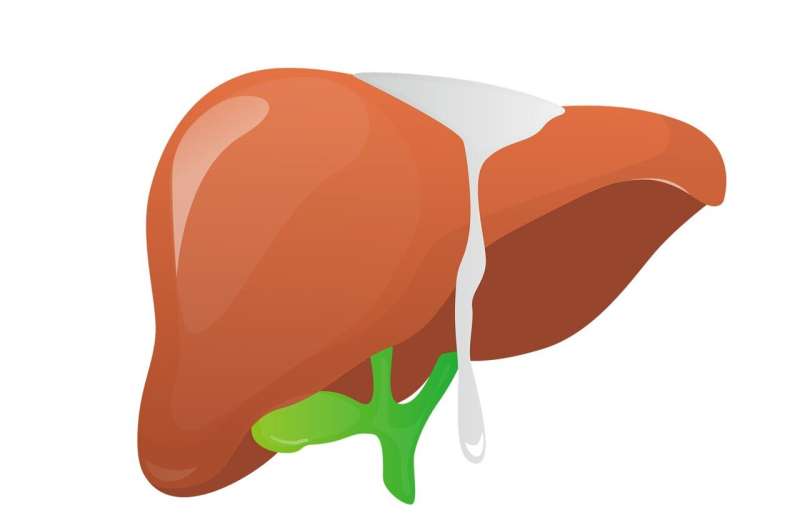Understanding the Air Quality Index and Its Importance

Learn about the air quality index, how it varies globally, and why monitoring air pollution is vital for protecting health and the environment.
The air we breathe daily might often go unnoticed, but it significantly impacts our health and environment. Air quality indexes measure and report the concentration of pollutants like particulate matter, ozone, and carbon monoxide present in the air. Elevated pollution levels are linked to serious health risks, including premature death, with estimations of seven million early fatalities worldwide annually. Since the standards and calculations of air quality indexes vary globally — for example, the U.S. Environmental Protection Agency's index differs from India's — organizations like OpenAQ help bridge these differences by providing comparative insights.
In Colorado, fluctuating air quality from sources such as wildfire smoke or pollution spikes can affect outdoor activities and health. Experts recommend paying attention to local alerts and understanding what these indexes imply for safety. Assistant Professor Priyanka deSouza from CU Denver emphasizes that air quality monitoring involves collecting data from satellites, low-cost sensors, and community projects, especially in regions with limited monitoring infrastructure like Africa.
Through her research, deSouza explores how traffic emissions influence local air quality, particularly at busy bus stops and urban areas. She employs satellite data and on-the-ground sensors to fill data gaps globally. Students often participate in field monitoring projects, helping to identify pollution sources and develop mitigation strategies. Her work not only raises awareness but also aids in policymaking to improve air quality.
If you're interested in learning more or want to contribute to urban sustainability efforts, consider engaging with educational programs in environmental justice and data science at CU Denver. Ultimately, understanding and monitoring air quality empowers communities to protect their health and environment.
For more in-depth information, watch the linked video or explore the published research in the journal Sustainability.
Stay Updated with Mia's Feed
Get the latest health & wellness insights delivered straight to your inbox.
Related Articles
Climate Extremes Amplify HIV Risks Among Sex Workers and LGBTQ+ Men in Kenya
Extreme weather events like droughts and floods increase HIV vulnerabilities among sex workers and LGBTQ+ men in Kenya, highlighting the urgent need for climate-informed health interventions.
New Genetic Markers and Vitamin B3 Offer Hope in Managing MASLD Progression
Researchers identify a genetic regulator, microRNA-93, that worsens MASLD, with vitamin B3 showing promise as an effective treatment to counteract disease progression.
Innovative Salivary Gland Biobank Offers Hope for Chronic Dry Mouth Treatment
Mayo Clinic scientists have developed a pioneering biobank of salivary gland tissue-organoids, opening new avenues for regenerating damaged glands and treating chronic dry mouth, especially in cancer patients.
Study Links Aliso Canyon Gas Leak to Increased Risk of Low Birth Weight Babies
A UCLA study reveals a significant increase in low-birth-weight babies among women exposed to the Aliso Canyon gas leak, highlighting environmental risks to fetal health.



